John Schmid:
AL800, The Rootstock that Wouldn't Root
John Schmid sent another me contribution me another piece a while back, and I keep forgetting to post it. For those who don't recall, John recently retired from Ohio State, where he spent many years as part of that university's well-respected apple breeding program. This time, he recounts a promising rootstock that didn't quite pan out:
In the early 1900s Arnold Lynd of Pataskala, near Columbus, Ohio planted an apple orchard on seedling rootstock. The Lynds noticed after a few years, that a tree on the corner of the orchard was smaller. In fact, that tree eventually became the “family tree.” Its location and smaller size made it easy for the children to pick.
When the time came to replace the orchard, the “family tree” was spared and a new orchard on a modern clonal rootstock was planted around it. This orchard renewal process was repeated once more several decades later with the family tree again spared. When the third orchard was due to be replaced, it was clear that the tree had finally reached the end of the line.
The Lynds (the next generation now in charge) felt that since the tree had survived so long and remained less that half sized, it might have value as a rootstock. Before the orchard was removed, root suckers were collected and grafted onto MM.106 rootstocks to maintain the genetics of the rootstock.
The Lynds delivered these trees into our hands to evaluate the potential for use as a rootstock. Before we could do that, we had to develop roots on the top section of the grafted trees. The potential rootstock was given the name AL800 (AL for Arnold Lynd, 800 for the tree number in his orchard.)
At that time, we had an extensive nursery operation at Wooster. We planted the trees deep with the graft union at the soil line in our stool bed area. During the season, we pegged shoots to the ground and mounded them with sawdust. All other rootstocks that we had in our stool beds would root into the sawdust and provide us with rootstock liners for our nursery, AL800 did not.
In the following years, we tried girdling with wire, wounding, different rooting hormones in different strengths, and even air layering with no success. No scheme was too wild for us to try! A legend grew up around our rootstock that wouldn’t grow roots.
Dr. Ray Miller arrived several years after we’d given up the effort. He established a tissue culture lab and the problem was turned over to him. After a year or so, the word came that he’d been able to develop tiny plants in tissue culture, but no roots. Another year passed and we were told that after a lot of trial and error, and with a lot of manipulations of different hormones in the growth media, success was finally at hand.
AL800 liners finally were produced for our nursery and a replicated rootstock trial was started. AL800 turned out to be dwarfing, roughly the size of the same cultivar on M.26. Apple cultivars on this rootstock, however, proved to be late coming into bearing. Worse, of all the rootstocks in the study, AL800 ranked last in cumulative yield over the course of the trial. This was the end of the AL800 story.
One of the perks of my job was occasionally receiving an excess plant or tree that was not needed in a new planting. I’ll be removing such a tree from my home orchard next year. It is original ‘Gala’ on AL800.
Labels: apples, John Schmid, malus, rootstocks


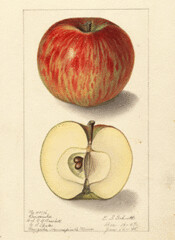
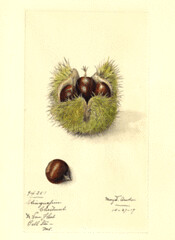
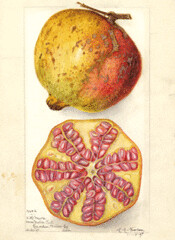
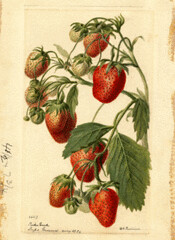
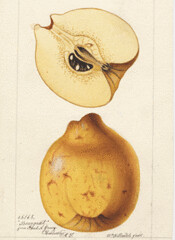



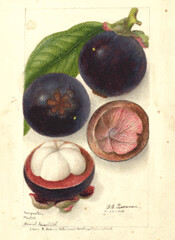
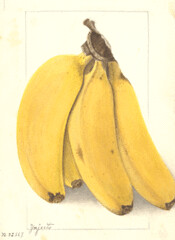

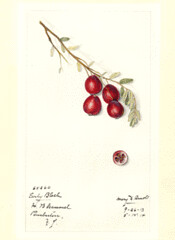
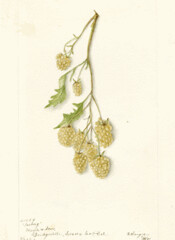
0 Comments:
Post a Comment
<< Home